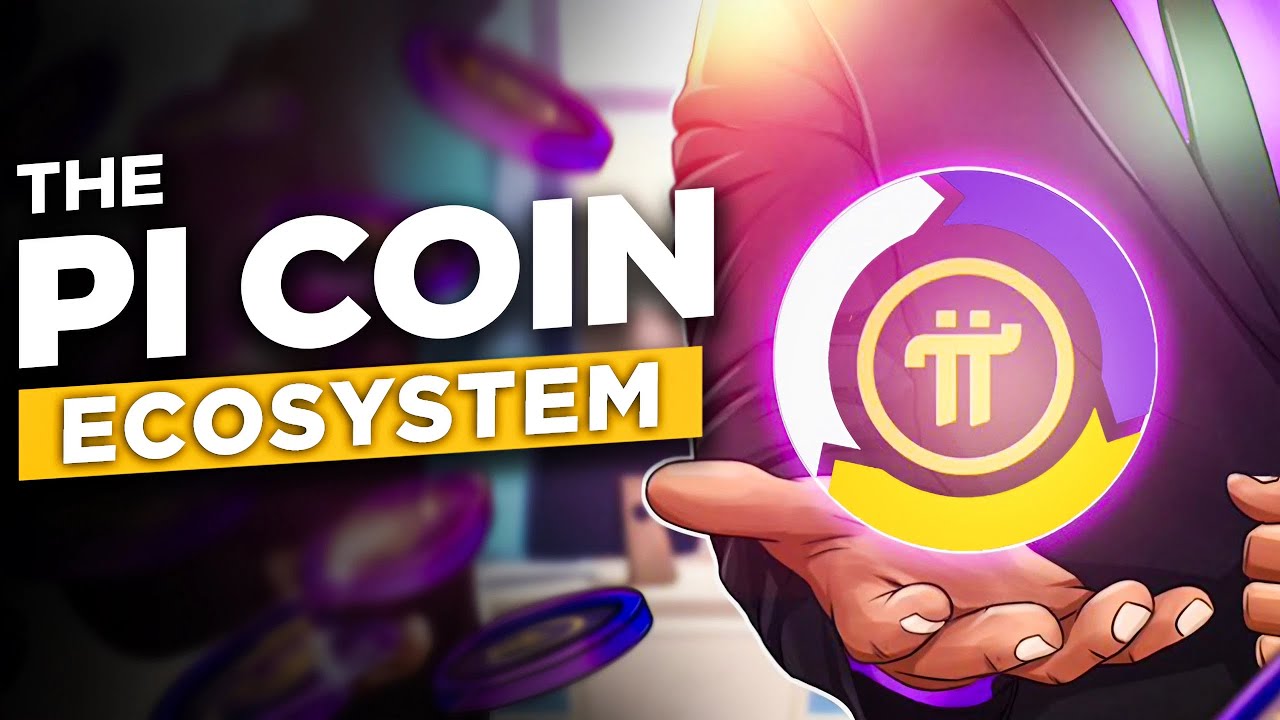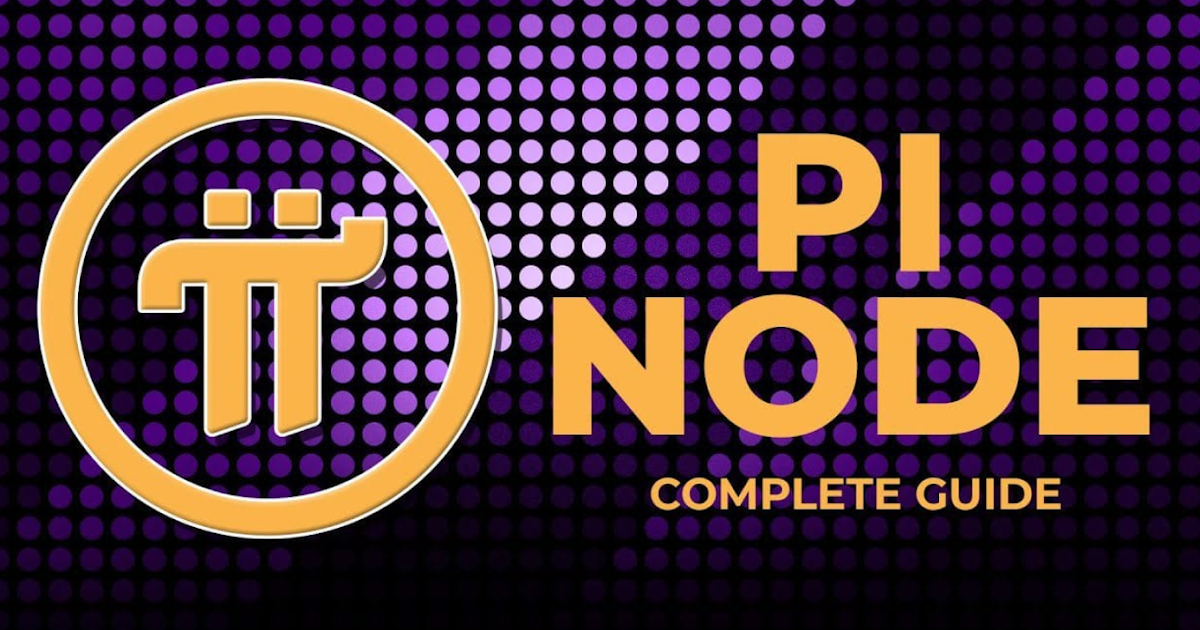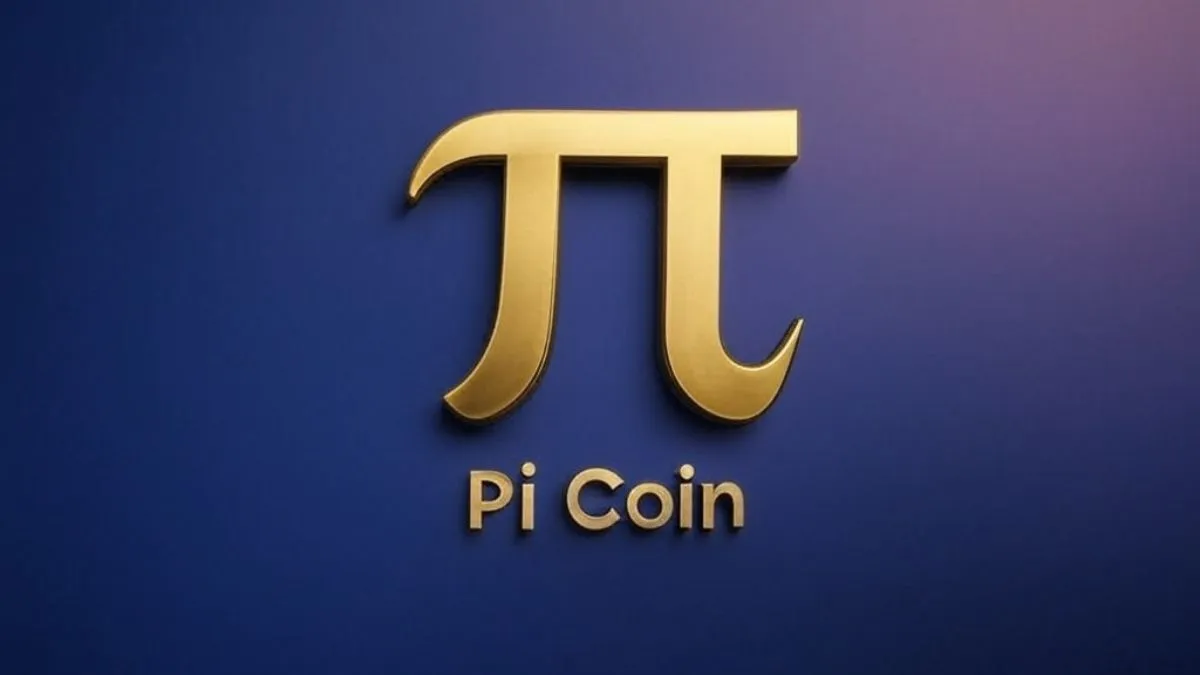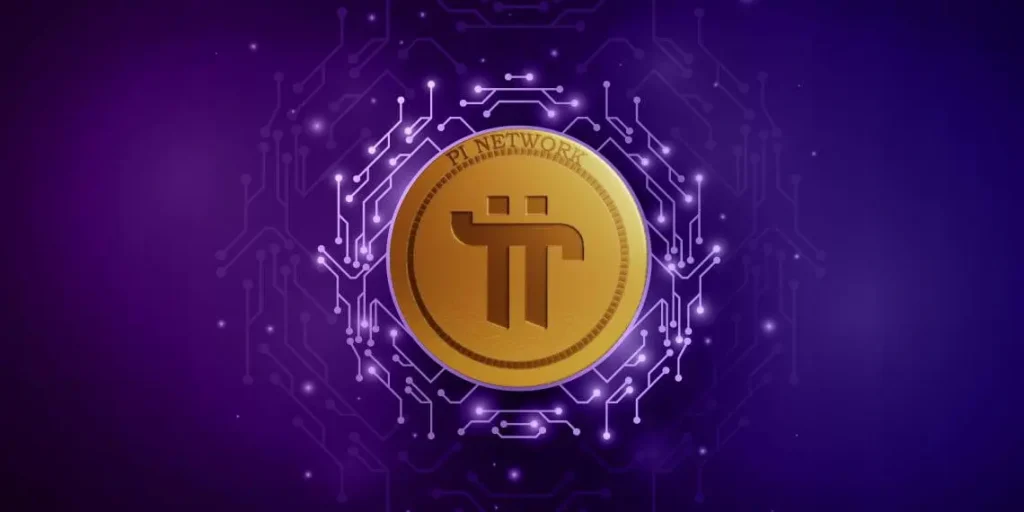Understanding the Pi Network Ecosystem: A Deep Dive into the Future of Mobile-Based Cryptocurrency
Cryptocurrency has seen massive evolution over the last decade—from Bitcoin’s birth to the rise of DeFi and NFTs. Among the many emerging blockchain projects, Pi Network has captured the interest of millions by offering a mobile-first approach to mining and community-building. But Pi Network is more than just an app where users “mine” coins with a tap—it is developing into an expansive ecosystem designed for real-world utility.
In this article, we’ll explore the Pi Network ecosystem in depth, including its components, how it works, its economic model, the utility of the Pi cryptocurrency, and its vision for the future of decentralized finance.
🔍 What Is Pi Network?
Pi Network is a blockchain project initiated by a team of Stanford PhDs aiming to make cryptocurrency accessible to the masses. Launched on Pi Day (March 14, 2019), the project now boasts over 47 million engaged users (called Pioneers).
What makes it stand out is its energy-efficient mobile mining model, which doesn’t require high-powered mining rigs. Instead, users verify their presence daily by tapping a button, contributing to the network’s growth and consensus model.
But behind the simple user interface lies a growing ecosystem intended to support real-world usage of its native token, Pi (π).
🌐 Key Components of the Pi Network Ecosystem
The Pi Network ecosystem is not just about mining—it’s an integrated environment composed of users, nodes, developers, apps, marketplaces, and a governance model. Below are the main components that define its structure:
1. Pioneers (Users)
The base of the ecosystem is its vast user base. Pioneers contribute by:
- Logging in daily to mine Pi
- Building Security Circles to secure the network
- Participating in governance
- Testing and using Pi-based apps
This is the engine of network growth—the more active users, the stronger the ecosystem.
2. Nodes
Pi Nodes are users running desktop software that connects to the Pi Testnet/Mainnet. These nodes:
- Validate transactions
- Help maintain the decentralized ledger
- Operate under the Stellar Consensus Protocol (SCP)
Unlike Bitcoin miners, Pi Nodes don’t solve energy-consuming puzzles. Instead, they rely on trust relationships and vote-based consensus to validate transactions.
3. Pi Apps Platform
At the heart of the Pi ecosystem is the Pi Apps Platform, which empowers developers to:
- Create decentralized applications (dApps)
- Integrate Pi payments
- Reach millions of Pi users instantly
Some real examples already in the ecosystem:
- Pi Browser – A Web3 gateway to Pi Apps.
- Pi Chat – A messaging dApp within Pi’s ecosystem.
- Pi Wallet – Used for holding and transacting with Pi.
- Pi Games & Mini Apps – Offering entertainment and social interaction.
Developers can build apps that reward users in Pi, conduct transactions, or offer services—without relying on external tokens or blockchains.
4. Pi Wallet & Transactions
Each user gets access to a non-custodial wallet via the Pi Browser, allowing them to:
- Send and receive Pi
- View transactions on Pi’s blockchain explorer
- Use Pi in various applications
Once the network fully transitions into Open Mainnet, Pi will become transferable across wallets outside the enclosed ecosystem, enabling broader DeFi integration.
5. Pi Marketplace
A critical part of Pi Network’s utility lies in peer-to-peer commerce.
Pioneers have already started testing local marketplaces where:
- Pi can be used to buy goods and services
- Businesses can list products for sale in exchange for Pi
- Communities organize “Pi Flea Markets” or barter systems
These marketplaces simulate the real-world economy that Pi aims to support once its Open Mainnet is live.
6. Governance Model
Pi Network is working toward a community-based governance structure through a DAO (Decentralized Autonomous Organization).
- Pioneers can vote on important decisions
- Governance is gradually transitioning from the Core Team to the community
- Future features and rules will be shaped democratically
This ensures the network remains decentralized and community-driven.
💰 Pi Tokenomics: The Economy of Pi
Understanding how Pi operates as a currency is key to grasping the entire ecosystem.
🔹 Token Distribution
Pi is not pre-mined. It is mined over time by participants and allocated as follows:
- 80% to users (Pioneers, Contributors, Ambassadors, and Nodes)
- 20% to the Core Team
No ICO (Initial Coin Offering) or public sale has occurred, making Pi more decentralized than many tokens at launch.
🔹 Supply Cap
Unlike Bitcoin’s hard cap of 21 million coins, Pi’s total supply is not yet fixed but is designed to be limited based on community size and activity.
🔹 Halving Events
As the number of Pioneers increases, the mining rate is halved, similar to Bitcoin’s halving every 4 years. This helps control inflation and maintains scarcity.
⚙️ How Pi Network Ensures Security & Scalability
Pi uses the Stellar Consensus Protocol (SCP), which offers:
- Energy-efficient validation
- Fast transaction speeds
- Trust-based security
Users build “Security Circles” of 3–5 trusted members. These social connections form the basis of the network’s distributed trust graph, which ensures that only legitimate users contribute to the network and receive rewards.
🚀 What’s Next for the Pi Ecosystem?
Pi Network is transitioning through three phases:
- Testnet Phase – Ongoing app and node development
- Mainnet Enclosed Phase – Pi transactions can occur within the Pi ecosystem, but not traded on exchanges yet
- Open Mainnet – Pi will become fully tradable, opening up to external wallets, exchanges, and DeFi integration
During Open Mainnet, users will:
- Gain full access to move Pi freely
- Be able to trade or use Pi outside the Pi ecosystem
- Participate in external partnerships, DeFi apps, NFTs, and staking
🧠 Final Thoughts: Is Pi Network Building a True Web3 Ecosystem?
Unlike meme coins or speculative tokens, Pi Network is building a full-stack ecosystem from the ground up:
- It starts with inclusive mining (via mobile phones)
- Develops real-world utility (via apps and marketplaces)
- Moves toward decentralized governance
- And aims to bridge real economies with blockchain
If successful, Pi Network could be one of the most accessible and widely adopted blockchains globally—especially in developing regions where traditional financial infrastructure is lacking.
The journey is still unfolding, but the ecosystem’s foundation is promising. Pi Network may well be the first major cryptocurrency project built by the people, for the people—on their smartphones.




